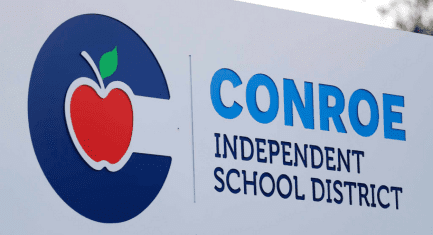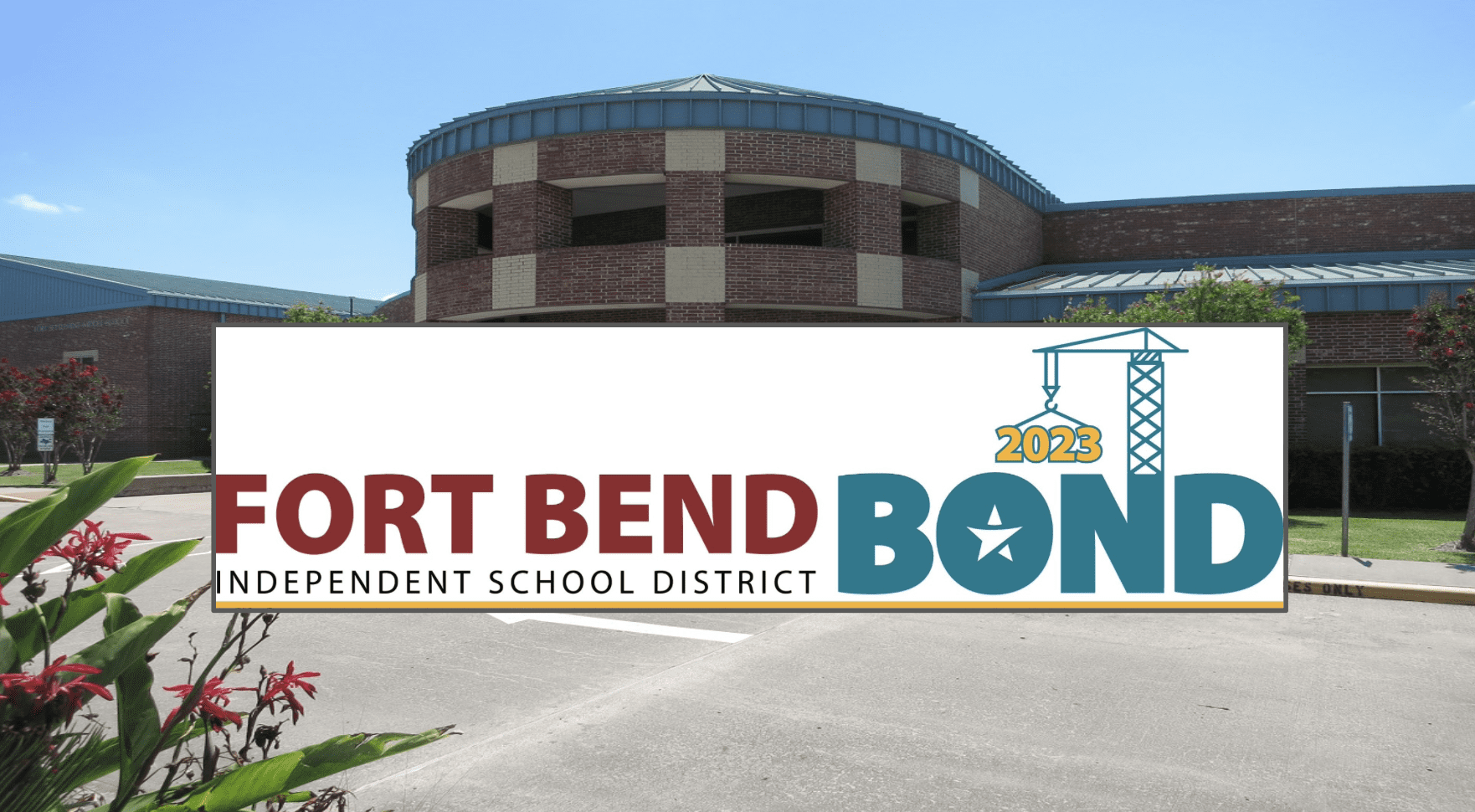Public school expenditures have grown exponentially in the last decade and administrative bloat has continued to expand since the 1970s, but for all those dollars spent “investing” in public education, Texans still get the same stagnant results. The solution? More of the same—at least according to former Dripping Springs Independent School District board member John Adams. His campaign for State House District 45 seems more focused on protecting administrators and excessive budgets than taxpayers and students.
In a 2011 speech at a Texas State Teachers Associations Day of Action event in Kyle, Adams went on record defending excessive public school spending and administrative bloat in light of the Legislature’s budget for the 2012-2013 biennium.
Claiming legislators “cut to the bone” by not giving educrats all $5 billion of additional funding they asked for, Adams completely ignores how far out-of-control expenditures has grown compared to enrollment-plus-inflation growth.
Over the past 10 years, population-plus-inflation has grown less than 20 percent, yet Texas has nearly doubled the amount of money it puts into the public education system. Spending per pupil went from $7,095 in 1998-99 to $11,642 in 2008-09.
What did we get for it? Stagnant test scores with kids no better prepared for college than they were before. In 2000, the average SAT score was a 985. In 2010, it was 989. And according to the Texas Higher Education Coordinating Board, ““more than half the entering freshmen at Texas colleges and universities need remedial classes.”
Clearly, more money is not helping the problem.
But Mr. Adams seems all to eager to defend excess administration on top of excess spending. Citing the 1:1 teacher to non-teacher ratio currently applicable to our current public school system, Adams makes it sound like everyone on staff is essential personnel—even going to far as to compare public schools to a hospital with only doctors to run it.
The problem for him and his administrator allies is that our public education system was performing at nearly the same level as it was in the 1970s—when there were 2.5 teachers to every non-teacher ratio on the payroll. How many children have all those extra administrators educated?
A prime example of Mr. Adams misaligned educational spending priorities can be seen in his support for spending up to $1.3 million to renovate the Dripping Springs high school baseball and softball field two days after DSISD passed a resolution to “Stop the Cuts” from the Legislature.
Five months later, Mr. Adams not only supported raising property taxes in Dripping Springs ISD by 13 cents, he was the member of the school board who made the motion to set the new higher rate to the maximum allowed by state law!
Of course as we’ve written about before, their Tax Ratification Election was soundly defeated by a 3 to 1 margin. Apparently Mr. Adam’s constituents were none too pleased with all the spending DSISD had been doing outside the classroom.
Taxpayers in HD 45 (and the rest of the state) will be none too pleased with Mr. Adams either if they send him and his big-spending agenda to Austin. If they really want a champion fighting for them, re-elect State Rep. Jason Isaac.





